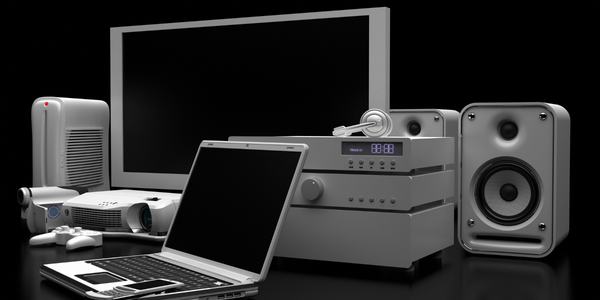Download PDF
Operationalizing Cybersecurity: A Case Study of Domestic & General and Rapid7
Technology Category
- Cybersecurity & Privacy - Application Security
- Platform as a Service (PaaS) - Application Development Platforms
Applicable Industries
- Electronics
- Glass
Applicable Functions
- Maintenance
Use Cases
- Cybersecurity
- Intrusion Detection Systems
Services
- Cloud Planning, Design & Implementation Services
- Cybersecurity Services
The Challenge
Domestic & General (D&G), a leading provider of subscription-based home appliance care, faced a significant challenge in managing its cybersecurity. With a 110-year old business, the company had an accumulation of systems and dozens of IT processes that had evolved over the years. As D&G expanded globally and digitized, its attack surface grew, and the mixed heterogeneous environment created additional challenges in terms of increased cyber risk. The company lacked a modern platform to identify risk and threats in a hybrid environment, at scale and with context. D&G’s Chief Information Officer, Phil, realized the need to enhance the company’s cyber protections and empower the business to own their cyber risk. However, the company was missing a platform that a modern organization needs to ensure it’s protected adequately.
About The Customer
Domestic & General is a leading provider of subscription-based home appliance care, providing protection, maintenance, and support for a broad range of domestic products and consumer electronics. The company is built on one of the world’s most advanced global warranty platforms, connecting customers to appliance engineers when they need them the most. With nearly 3,000 employees across 11 international markets, including Spain, Germany, France, Portugal, Italy, the USA, and Australia, D&G cares for almost 23 million appliances providing support to around 16 million customers.
The Solution
To address these challenges, D&G chose Rapid7’s Platform with InsightVM for vulnerability risk management, InsightCloudSec for cloud risk and compliance solution, InsightAppSec for application security, and Threat Command by Rapid7 to manage external threats. Additionally, to supplement their security team, D&G chose Rapid’s Managed Detection and Response service. The Rapid7 Platform enabled D&G to assign ownership of tasks, actions, and risks to different team members within the organization, moving cybersecurity out of the realm of technology and making it a core part of the business processes. This approach improved resilience across the company. The Rapid7 platform also provided a single pane of glass for D&G to see where risks were within all the functions, and to make sure each function was mitigating those risks.
Operational Impact
Quantitative Benefit
Related Case Studies.

Case Study
Remote Temperature Monitoring of Perishable Goods Saves Money
RMONI was facing temperature monitoring challenges in a cold chain business. A cold chain must be established and maintained to ensure goods have been properly refrigerated during every step of the process, making temperature monitoring a critical business function. Manual registration practice can be very costly, labor intensive and prone to mistakes.

Case Study
Cloud Solution for Energy Management Platform-Schneider Electric
Schneider Electric required a cloud solution for its energy management platform to manage high computational operations, which were essential for catering to client requirements. As the business involves storage and analysis of huge amounts of data, the company also needed a convenient and scalable storage solution to facilitate operations efficiently.

Case Study
Leveraging the IoT to Gain a Competitive Edge in International Competition
Many large manufacturers in and outside Japan are competing for larger market share in the same space, expecting a growing demand for projectors in the areas of entertainment, which requires glamor and strong visual performance as well as digital signage that can attract people’s attention. “It is becoming more and more difficult to differentiate ourselves with stand-alone hardware products,” says Kazuyuki Kitagawa, Director of Service & Support at Panasonic AVC Networks. “In order for Panasonic to grow market share and overall business, it is essential for us to develop solutions that deliver significant added value.” Panasonic believes projection failure and quality deterioration should never happen. This is what and has driven them to make their projectors IoT-enabled. More specifically, Panasonic has developed a system that collects data from projectors, visualizes detailed operational statuses, and predicts issues and address them before failure occurs. Their projectors are embedded with a variety of sensors that measure power supply, voltage, video input/ output signals, intake/exhaust air temperatures, cooling fan operations, and light bulb operating time. These sensors have been used to make the projector more intelligent, automatically suspending operation when the temperature rises excessively, and automatically switching light bulbs. Although this was a great first step, Panasonic projectors were still not equipped with any capability to send the data over a network.








